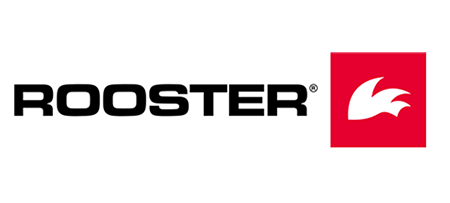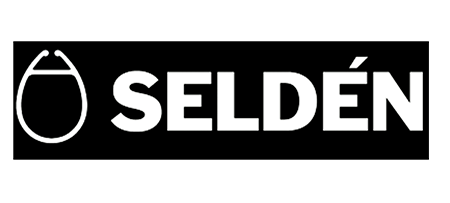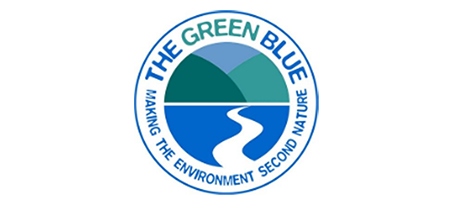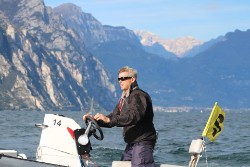
Welcome to the International Class Association website for the RS Aero. Here you will find all there is to know about the RS Aero including the latest news, how to register your boat, and links to relevant documents.
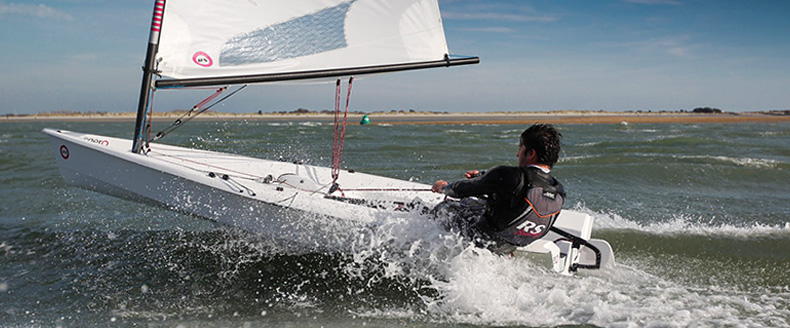
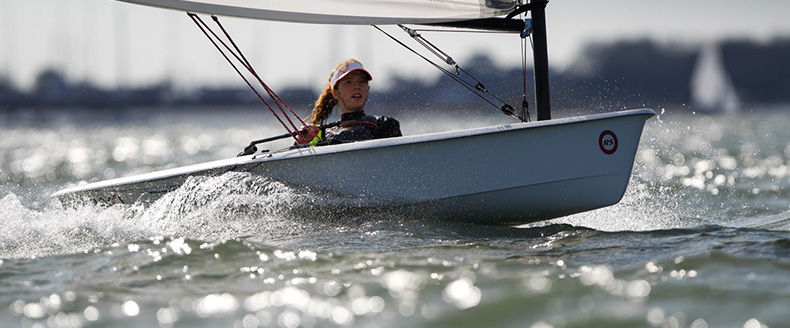
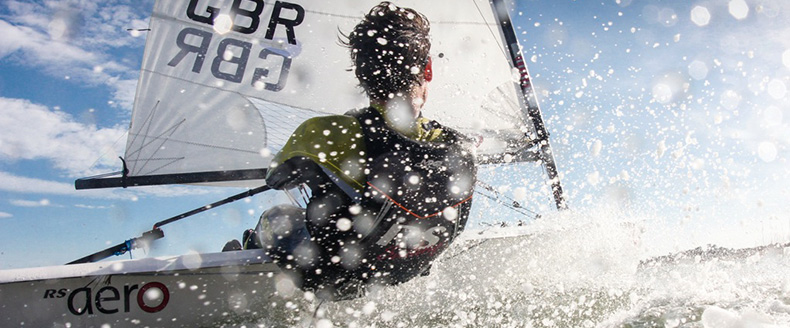
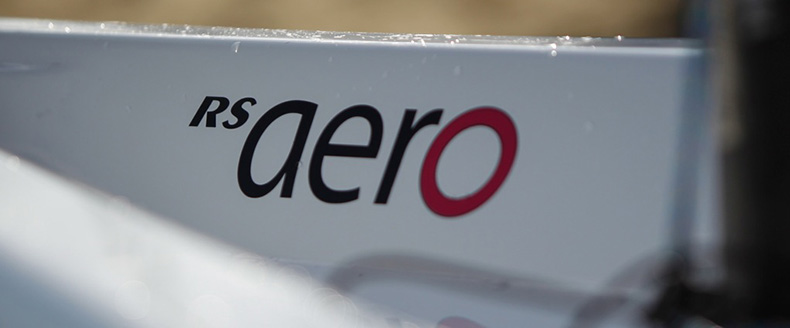
| Home >> Top Tips >> TopTip2020 #35 - Body, Main & Tiller - by Sophie Jackson, AUS |
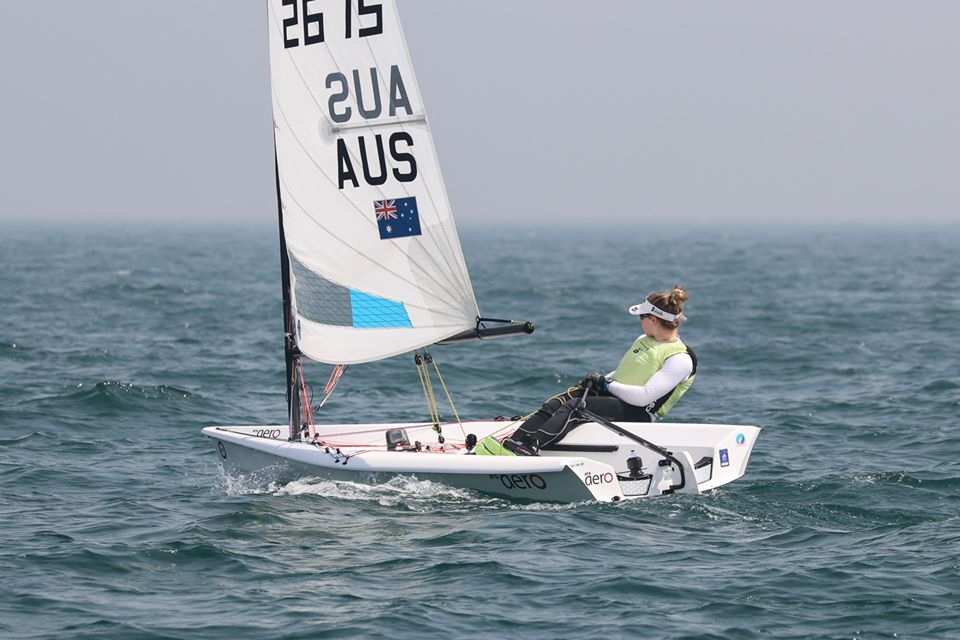 TopTip2020 #35
TopTip2020 #35 Body, Main & Tiller
Sophie Jackson, AUS
Sophie Jackson is our current RS Aero 5 World Champion from Mornington Yacht Club, Australia. As a smaller sailor Sophie has to work harder than most and coordination for speed and efficiency is vital. Here she explains some gems for speed through waves on breezy days, like the conditions we often saw at our recent Worlds at Melbourne;
' Speed through Dynamic Body, Main & Tiller
The RS Aero has 3 key controls, 1. Body, 2. Main, 3. Tiller.
From my time in the RS Aero I found that good speed is dependent upon the boat being controlled effectively through dynamic movement between the body, main and tiller. Dynamic is a key word here, with a combination of these three key controls needing to be constant, fluid and coordinated to create and maintain speed (especially in heavy air). Additionally, almost all manoeuvres and straight line speed needs to be controlled in that order (body first, then main, then tiller) to reduce drag from using the rudder to steer the boat.
Example 1 - Downwind in heavy air and big waves
- Speed in these conditions places catching waves as the top priority.
- In order to catch the waves effectively the boat must be constantly steered on the fastest route to link the waves.
- To catch a wave, you first need to steer up and gain speed.
- Once speed in established, bear away on a wave and follow the direction of the wave.
- As speed starts to drop off at the end of the wave, steer back up and repeat! (Check out earlier TopTip2020 #13 by Michael O'Brien for more info on learning to 'S' turn!)
To do this:
- To steer up: heel boat to leeward by shifting weight onto the leeward/ back knee or foot that is in contact with the floor.
- To bear away: heel boat to windward by pressing shoulders out over the windward side. *get comfortable with the uncomfortable - i.e. decent amounts of heel!
- To get on wave: slide weight as far forward as possible (next to daggerboard)
- To prevent nose diving: slide weight back (can go all the way to back corner next to tiller)
- To do this effectively and consistently requires hard work! Agility is key!
- To steer up: As pressing weight to leeward, rapidly trim main in to match change in direction.
- To bear away: As pressing shoulders out to windward, release main.
- Ideally, steering is from body and main - but tiller movements will assist in steering up and down for waves.
Example 2 - Upwind in heavy air and big waves
- Priority is to reduce loss of speed from hitting waves (by steering up the face and down the back) and keeping the boat flat.
- Flat boat: Hiking off your toes! Downwards pressure from knee to deck. Tail tucked under, activating core muscles. Shoulders out!
- Going up face of wave - rotate shoulders back
- Flat boat: When max hiking and boat is not flat ease main in the gusts, trim on in the lulls ('play' the main with rapid movements).
- Going up face of wave: trim main on
- At peak of wave: ease main
- Steer up on the face of the wave
- Bear away at the peak and down the back.
Sophie :) , AUS '
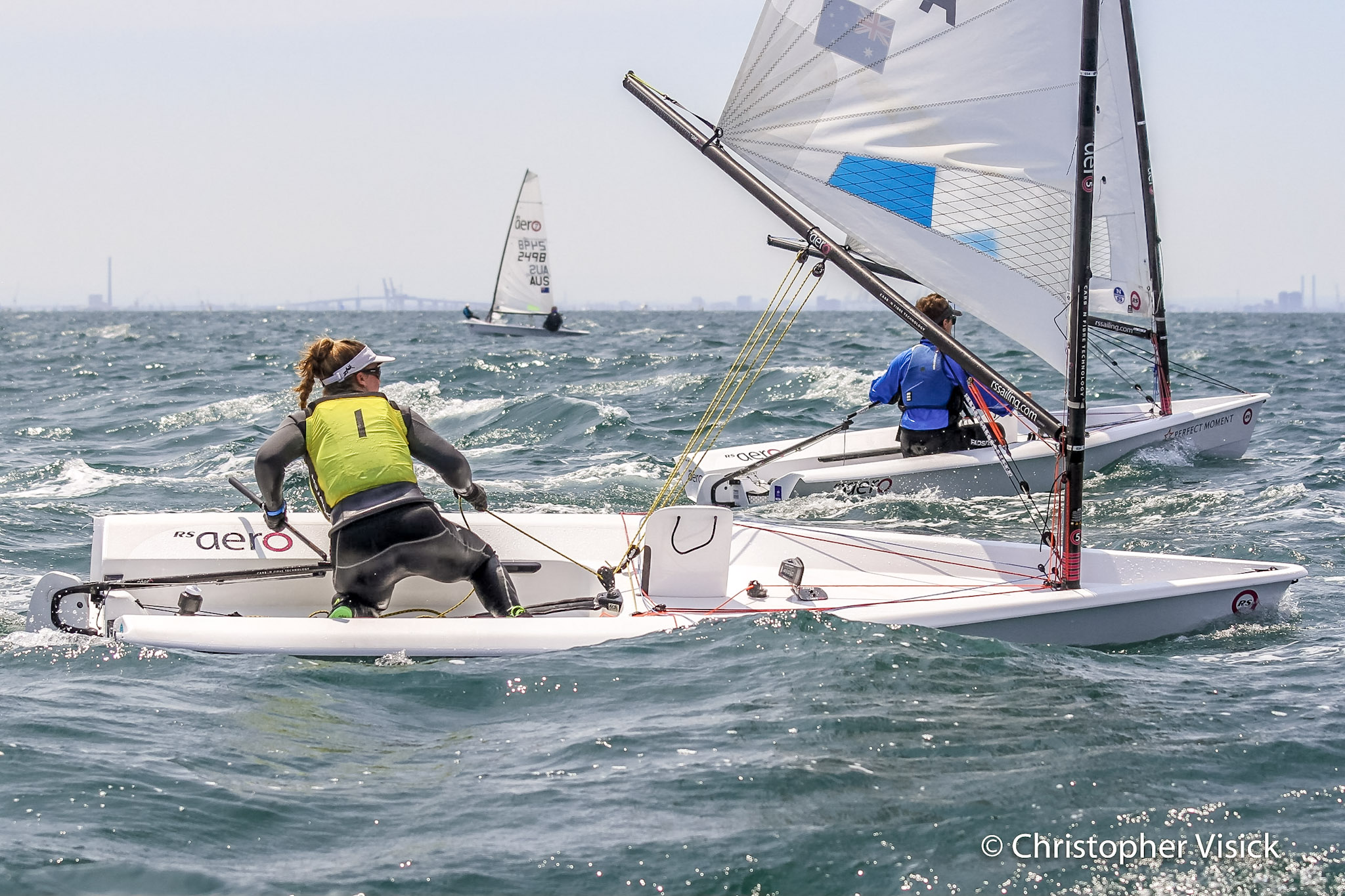
Reply
29/04/2020 18:44:00
Peter Barton
Posts: 4671


